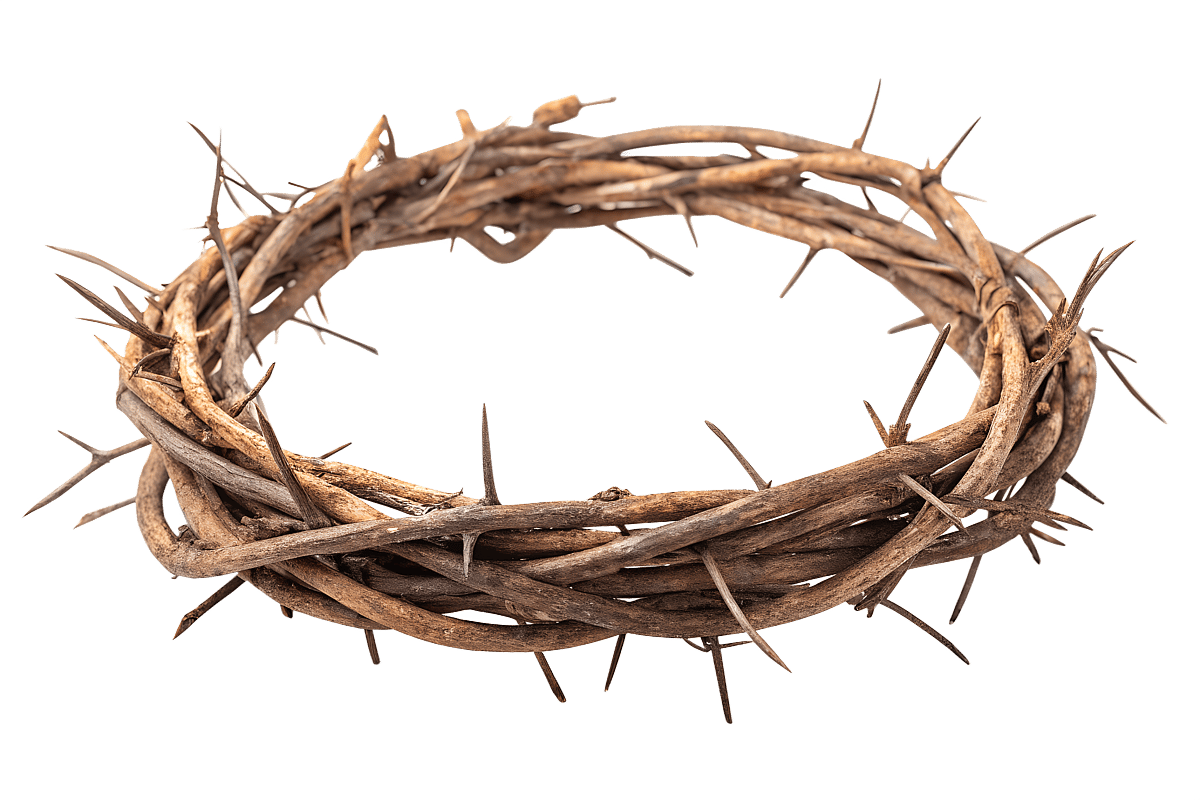Faith

Why Jesus Wore A Crown of Thorns On Good Friday

“Weaving a crown out of thorns, they placed it on his head”
-- Matthew 27:29
“weaving a crown of thorns, placed it on him”
-- Mark 15:17
“And the soldiers twisted together a crown of thorns and placed it on His head”
-- John 19:2

